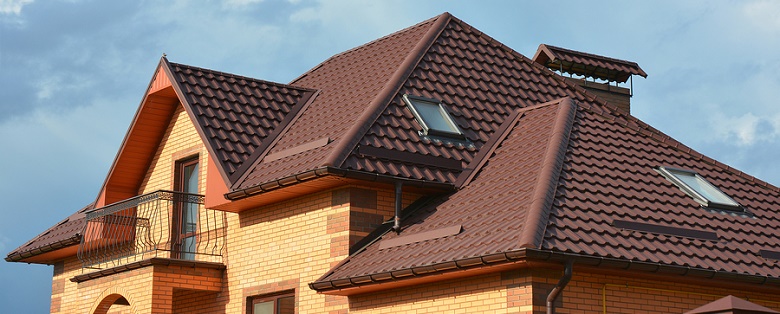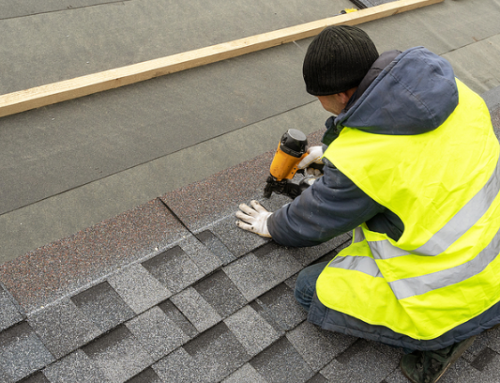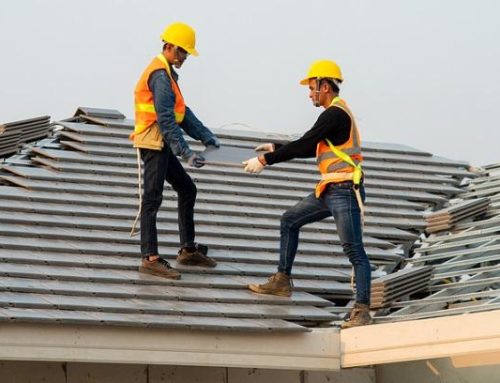Roofs come in many shapes and sizes and get covered with all types of material. Choosing the best material for different installations involves knowing your roof's architecture and understanding its limitations. Here is a basic look at the most common roof architecture categories and the types of materials that can be used by roof services for the greatest great protection against the elements.
Roofing Architecture Types
While many different roof styles exist, they are all classified within three basic architectural categories:
- Flat and Low Slope - Mainly used on commercial buildings and certain types of home architecture, flat and low slope roofs look flat to the naked eye yet do have a slight angle to promote water shedding. A low slope is considered anything with less than 14 degrees of angle, while a flat top is one that has a minimum angle of 2 degrees. These must be specially installed by roof services, as shingles, panels, and other layered materials are not protective of this type of roof.
- Pitched - A pitched roof is has some type of pitch at the top such as a single angle with a mono-pitched, one-sided structure. Pitched can also have multiple pitches or angles like the more traditional Gable style. There are also pitched styles that include hip types, saltbox, A-frame, mansard, pyramid, butterfly, and many other architectural styles that contain one or more angle greater than 14 degrees.
- Circular - This is a less common yet very beautiful architecture done over circular rooms or buildings. These include bell, domed, and conical roofs.
Roofing Material Types
Based on these different roof designs, roof services use a variety of materials to best protect according to individual architectural style and limitations:
- Membrane and BUR - These are rolled or spread on materials that create a durable coating over the top of the building. BUR and membrane systems are used solely on flat and low slope roofs to keep water out and are not suitable for pitched architecture.
- Shingles - Roofing made from asphalt, slate, wood, concrete, metal, and even recycled rubber are the most popular choice in roofing material. Shingles are useful on almost any architecture except flat-topped buildings. On pitched architecture, shingles are overlapped so that the edges are covered by the shingle above, preventing water from getting underneath.
- Tiles - Technically a type of shingle, tiles are made of ceramic, concrete, and other synthetic materials and installed by roof services in basically the same way as regular shingles. Used on sloped architecture, tiles are installed in overlapping rows and perform just like shingles.
- Metal - Typically made into sheet metal panels or pressed into panels to look like shingles, metal can also be used on most types of architecture. Its main limitation is that it must be carefully attached to prevent the panels from blowing off, a serious consideration on buildings with steep slopes.
When choosing roofing material, roof services must always consider architecture first, since not all materials are suitable for all types of roofs. Home or building owners looking for the best options in roofing should discuss the options with a qualified contractor who can help them understand the pros and cons of using different architectural styles and materials!







